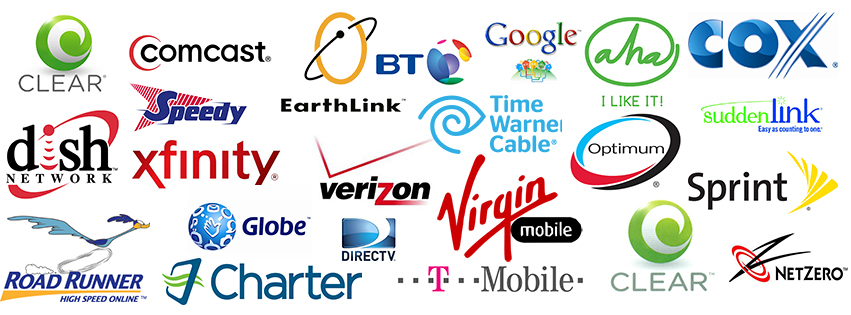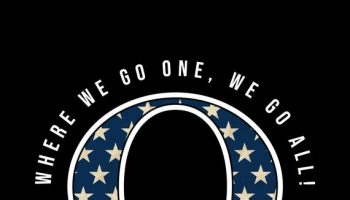Broadband Internet service is basically any connection to the Internet capable of connecting at 256 kilobits per second or higher. By comparison, dialup is capable of 56 kilobits per second. Standard dialup internet service requires the entire phone line to connect to the net; phone line-based broadband services (like DSL) connect at double the speed while keeping the phone lines open for ordinary calls.
Broadband Internet service comes in several different forms. Cable Internet, DSL, and mobile broadband are all high-speed options. Your options are limited only by the services available in your area. Most cities and rural areas will have at least one broadband option available.
Cable Internet
Cable Internet delivers a high-speed connection to the Internet through the same cable as your cable TV signal. In fact, this kind of broadband service is commonly bundled with cable TV service and these package deals can often save you a good deal of money depending on current promotions. Cable broadband service requires a cable modem (plugged into the cable TV system) which is connected to your computer via your computer’s Ethernet port. Cable Internet is always on, even when your computer is turned off. This “always on” feature is great for overnight downloads of MP3 music and movies, software updates, and other online chores you want to start and walk away from. Some cable companies offer a wide range of options and extras, including installing a wireless network in your home so wireless-enabled computers can share the Internet connection without being physically plugged in to the cable modem. In many cases, you don’t need to purchase a cable modem on your own, but your broadband provider may charge separate equipment fees or rental fees for the modem and other hardware.
DSL
DSL is a high-speed broadband service that piggybacks on your telephone line while keeping the line free for telephone calls. DSL requires a router or DSL modem on a DSL-ready telephone line. The router/modem is connected to your computer’s Ethernet port and is another “always on” connection. Your broadband provider usually offers the hardware as a standard part of DSL service, but like cable, you may be charged an equipment fee as a separate cost from your monthly or yearly subscription.
Mobile Broadband
Laptop users often prefer mobile broadband, which is similar to DSL or cable Internet in terms of speed, but with a much different way of connecting to the broadband provider. Mobile broadband cards use the same networks as cell phones. Mobile broadband subscribers purchase a card that plugs into a special slot on the laptop. (Desktop computers often require an external adapter to use mobile broadband cards). When the card is activated, it dials a cell number to connect to the server. Wherever a signal is available, you can connect. Some people are able to connect on moving trains (though the connection can be spotty) ships within range of the network, and other areas typically inaccessible by more traditional dial-up and cable Internet connections.
Satellite Broadband
If DSL or cable services are unavailable, you can still get a fast connection to the web. High Speed Satellite Internet Service is the answer for consumers that want a high speed Internet connection but live outside the area of local DSL and cable providers. And, if you travel, or move, frequently it can be a great alternative. Satelite ISPs offer download speeds ranging anywhere from 768 Kbps up to 5.0 Mbps, which is very comparable to a standard DSL connection for the home or small office.
Each of these broadband options has its own advantages, but in many cases the real difference is in pricing, and whether you need to be on-the-go with your computer. Check the specifications of each system before you buy and
make an informed purchase




